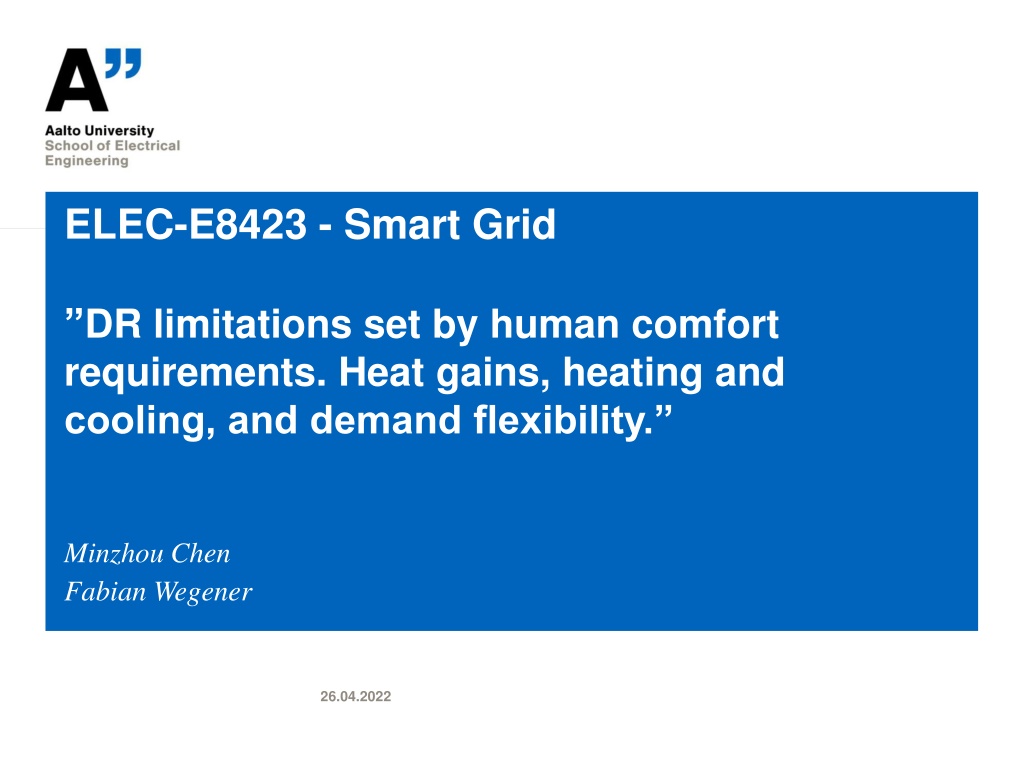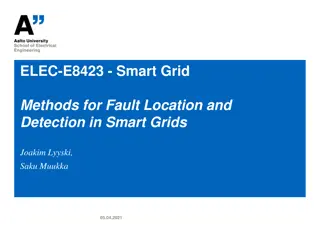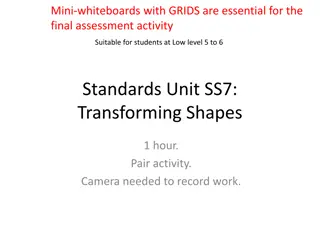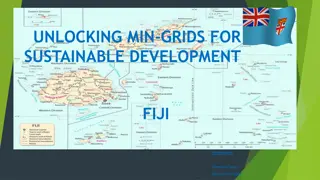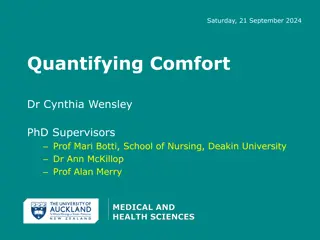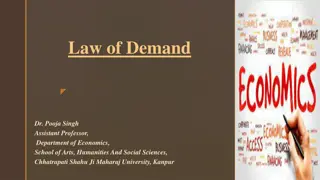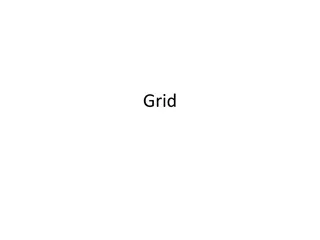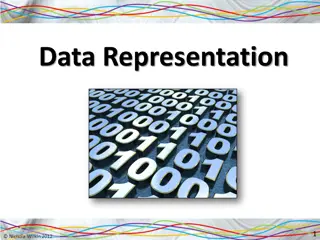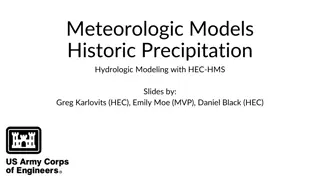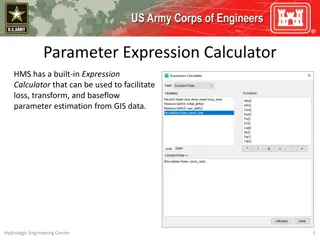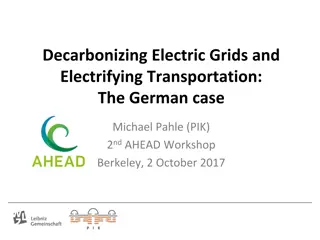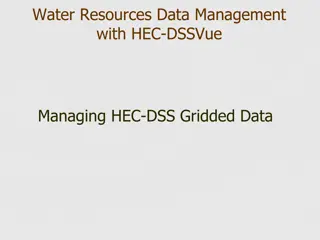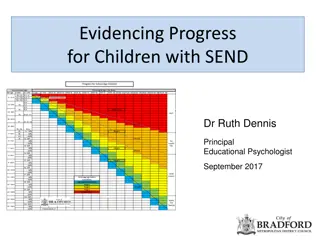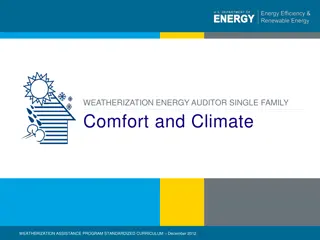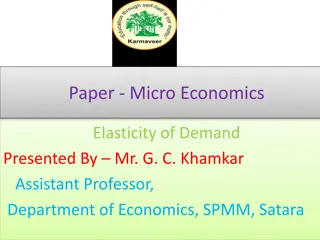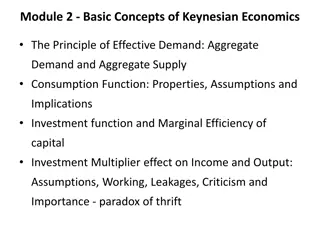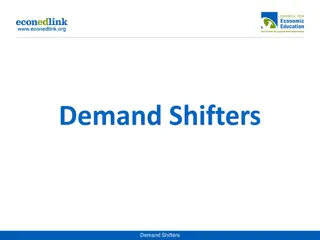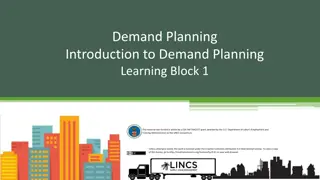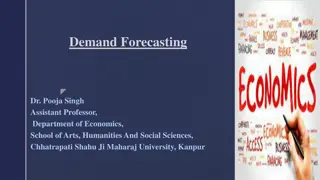Understanding Human Comfort Requirements and Demand Flexibility in Smart Grids
Exploring the limitations set by human comfort requirements on Smart Grid Demand Response (DR), focusing on heat gains, heating and cooling systems, and demand flexibility. Discusses the impacts of comfort requirements on electrical demand, energy consumption in Finnish households, types of loads, and Demand Side Management (DSM) strategies. Also covers the potential of DR, DSM in heating systems, and load shifting in space heating and domestic water systems.
Download Presentation

Please find below an Image/Link to download the presentation.
The content on the website is provided AS IS for your information and personal use only. It may not be sold, licensed, or shared on other websites without obtaining consent from the author. Download presentation by click this link. If you encounter any issues during the download, it is possible that the publisher has removed the file from their server.
E N D
Presentation Transcript
ELEC-E8423 - Smart Grid DR limitations set by human comfort requirements. Heat gains, heating and cooling, and demand flexibility. Minzhou Chen Fabian Wegener 26.04.2022
Content Human comfort Definition & Impacts Comfort requirements & DR Demand flexibility Electrical demand & loads in Finland Energy consumption in households Types of loads & DSM DSM in heating systems DR limitations & potentials Conclusion Bibliography 26.04.2022 Page 2
Human Comfort 26.04.2022 Page 3
Comfort requirements & Demand Response Demand Response (DR) can be defined as the changes in electric usage by end-use customers from their normal consumption patterns in response to changes in the price of electricity over time 26.04.2022 Page 4
Demand flexibility 07.02.2018 Page 5
Electricity demand & loads in Finland Energy consumption in Finnish households by use in 2020 Space heating & Tap water heating responsible for 81% of consumed energy Energy consumption in Finnish households by energy source in 2020 Electricity & District heating responsible for 64 % of consumed energy 26.04.2022 Page 6
Types of loads & DSM Type of loads Time critical (e.g. Lighting, Cooking stove, Home entertainment, hot domestic water) Not time critical (e.g. Washing machine, Dishwasher) Continuous (e.g. Space heating, refrigerator, ventilation) Demand side management (DSM) Shifting of use to a later time Turning off the appliance Priorities to keep houshold operational Case 1: Time shifting of cold appliances (-7.2%) Case 2: Time shifting of not time critical loads and cutting off time critical loads (-42.0%) 26.04.2022 Page 7
DSM in space heating and domestic water New residential buildings in Nordic countries are well-insulated and the thermal mass acts as a buffer to provide load shifting capacities C/h temperature drop Cutting of space heating during peak demand leads to max. 0,5 for the heat load design outdoor temperature Ventilation rate reduced to 50% Tap water heating systems including heat storage provides buffer for many hours of load shifting The storage can be heated up, when electricity demand is low and used during peak demand Type of load changes from time critical to non-time critical load 26.04.2022 Page 8
DR limitations & potentials DR Limitations DR Potentials Time shifting of space heating Mainly time critical loads Heat storage for tap water Inside temperature Time shifting of some not time-critical Air quality loads (e.g. EV-charging) Entertainment & remote work Routines and habits (e.g. cooking and sauna) Achievable already with simple methods and technology, but Cannot be compromised without synchronization with peak demand violation of comfort requirements appearance required (BMS) 26.04.2022 Page 9
Conclusion The potential for demand response in space heating and domestic hot water is big, but investments in BMS required. The willingness of customer to use DR goes hand-in-hand with an ensurement that demand response will not compromise their comfort levels. Simple solutions for DR are already available, but further efforts need to be implemented (Link of BSM and TSO; Reward-system for DR- participants) 26.04.2022 Page 10
Bibliography Statistics Finland. Energy consumption in households by use in 2020. Available online: https://www.stat.fi/til/asen/2020/asen_2020_2021-12-16_kuv_002_en.html Statistics Finland. Energy consumption in households by energy source in 2020. Available online at: https://www.stat.fi/til/asen/2020/asen_2020_2021-12-16_kuv_001_en.html Jukka V. Paatero and Peter D. Lund. 2006. A model for generating household electricity load profiles. International Journal of Energy Research, volume 30, number 5, pages 273-290. Amal Kamal Mohamed Shamseldin. (2018) Considering coexistence with nature in the environmental assessment of buildings. HBRC Journal 14:3, pages 243-254. Albadi M H, El-Saadany E F. Demand response in electricity markets: An overview[C]//2007 IEEE power engineering society general meeting. IEEE, 2007: 1-5. Barbierato L, Estebsari A, Pons E, et al. A distributed IoT infrastructure to test and deploy real-time demand response in smart grids[J]. IEEE Internet of Things Journal, 2018, 6(1): 1136-1146. Hafeez G, Wadud Z, Khan I U, et al. Efficient energy management of IoT-enabled smart homes under price-based demand response program in smart grid[J]. Sensors, 2020, 20(11): 3155. 07.02.2018 Page 11
